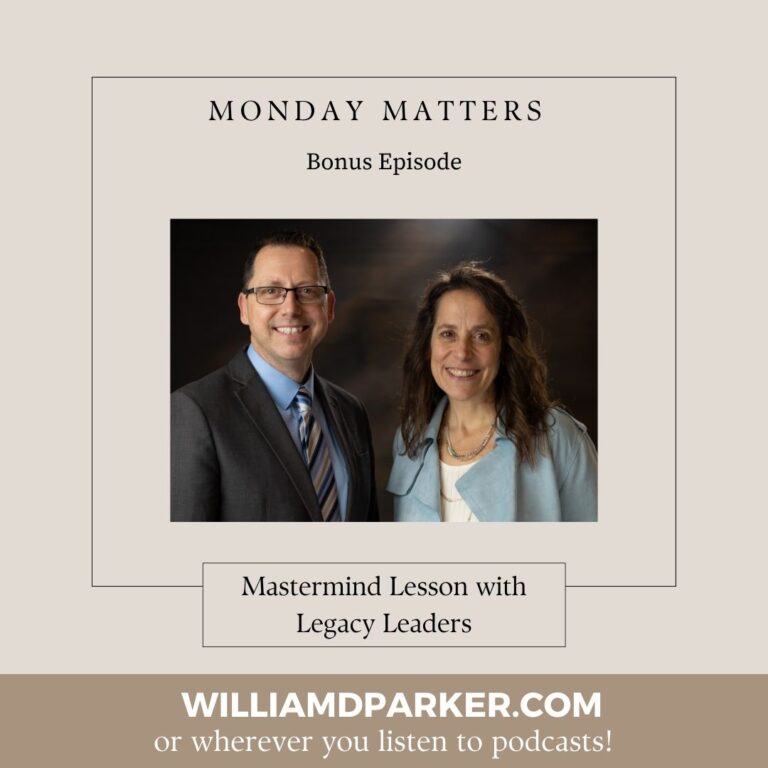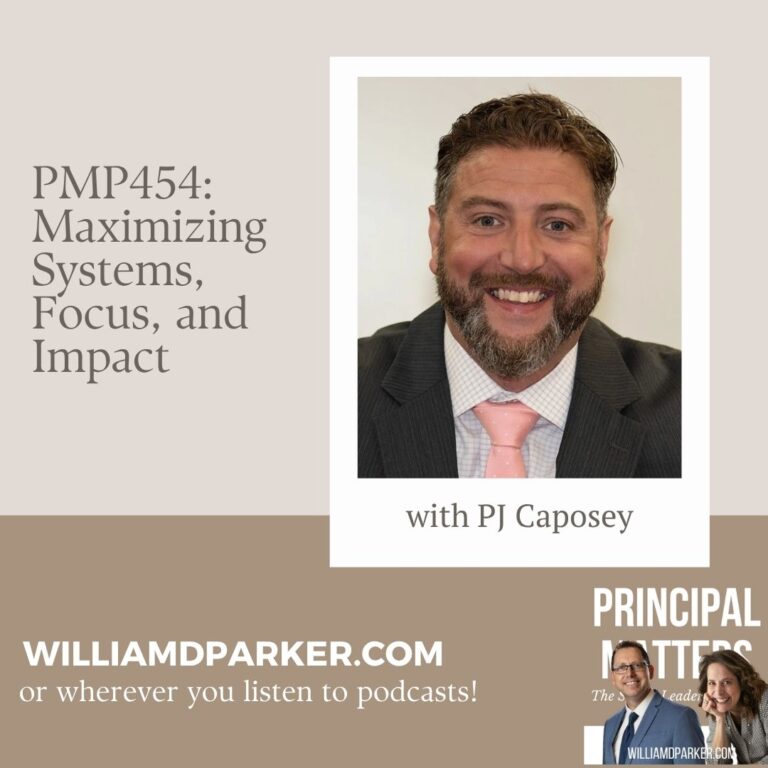Podcast: Play in new window | Download
In 2010, I had the privilege of traveling to China for ten days on an education tour. 
One morning in Beijing, I headed outside the hotel before breakfast for a quick run. Later as I showered and dressed, I began to feel sick. I thought perhaps I was catching a cold or was just suffering from jet-lag. Over the next few days, we visited Tiananmen Square, the Forbidden City, and the Great Wall before heading to another city.
As we traveled throughout Beijing, I noticed the skies were never blue. But on our trips outside of the city, the skies cleared. When I mentioned my observation to our tour guide, he told us it had been an especially cloudy season that summer in the city. But when we left Beijing a few days later, the skies cleared again.
I’m sure you have heard of China’s problems with smog and pollution in its cities, but I soon realized firsthand why I felt sick when I would go running. When is the last time you thought about the air you are breathing? Not just the physical oxygen your intake, but the emotional, cultural, and relational atmospheres that surround you. Even more importantly, what kind of atmosphere are you creating for those whom you are leading? Are you helping creating an environment of clean, healthy intakes, or are you contributing to an atmosphere of cultural pollution?
These are important questions to reflect on as education leaders because every school or organization has a culture. And that culture significantly affects the kinds of outcomes you will have. Spend time in any school or with a team, and you soon get a feel for the positive and negative influences happening there.
In 2011, The Wallace Foundation, along with NAESP an NASSP, shared research showing how principal leadership ranked second only to the quality of teachers in significantly affecting school outcomes.
According to its findings, principal influence schools in five specific ways:
1. Shaping a vision of academic success for all students, one based on high standards.
2. Creating a climate hospitable to education in order that safety, a cooperative spirit and other foundations of fruitful interaction prevail.
3. Cultivating leadership in others so that teachers and other adults assume their part in realizing the school vision.
4. Improving instruction to enable teachers to teach at their best and students to learn at their utmost.
5. Managing people, data and processes to foster school improvement (Source: Wallace Report).
Your influence matters. In light of the research and practices that inform school leadership, I want to suggest five ways you can examine the kind of influence you are having –the kind of air you’re providing for others to breath in your school.
How’s Your Influence? 5 Questions of Reflection for Education Leaders
1. Are you being a mentor?
I’ll never forget my first assignment as an assistant principal. The very first day of school, we encountered a student in possession of drugs on campus. My partner assistant principal at the time was Lydia Wilson. Not only did Lydia model how to interact with students and parents, she also used every opportunity to teach me basic skills like how to conduct a lawful search, to correctly document meetings, and to appropriately follow-through with disciplinary action and educational supports. Lydia was my mentor, and her influence gave me the confidence to manage future disciplinary incidents on my own.
Over the years, I’ve had other great mentors in supervising principals and superintendents, but I also had mentors in the years before stepping into school leadership. My college professors, internship supervisors, and veteran teacher colleagues would coach me through observations, over lunches, or just be available when I had questions. My principals helped me navigate how to manage difficult situations or build partnerships with parents.
Hopefully, you’ve had similar experiences. I like to think that by mentoring others, I’m helping pay-forward the debt of gratitude I owe my mentors. You have the same privilege. Whether you are working with teachers, fellow admins, or students, you can model and reflect with those around.
Just this past week, I had a first-year assistant principal, Chris Berg, from South Bend, Indiana, reach out to me by Twitter. He messaged me the following: “PMP (Principal Matters Podcast) has meant so much to me this year. I felt like I had my own personal mentor helping me adjust to becoming an administrator.”
I couldn’t have been more encouraged. As you are learning and passing along those lessons to others, you are creating healthy mental and emotional air. Make the choice to see your relationships with others as an opportunity to mentor.
Educators often feel isolated in in their roles in classrooms or leading others. If you are simply managing, organizing, and facilitating the necessary functions of your school, you may be missing out on an opportunity to grow other leaders in the process. Mentoring is one way to keep a strong influence on others is to share the lessons you’re learning.
2. Are you being a servant-leader?
Face it. If you took the position of a school administrator for an easier job assignment, you have already figured out you made the wrong choice. However, if your goal is to provide a better learning environment for all students and teachers in your building, you know the importance of getting your hands dirty in the process—sometimes literally.
In addition to being willing to put in the work necessary for building schedules, providing resources, and scheduling observations, sometimes you will need pick up trash, paint walls, mop spills, or weed flower beds—whatever is required to provide the kind of school environment you would want for your own children.
Being a servant-leader doesn’t mean you give up your primary responsibilities to do someone else’s job. However, it means that you are willing to pitch in whenever needed. And sometimes you step in so that others see that you are willing to perform the tasks you’re asking others to perform or manage.
Superintendent, Rick Thomas, began his position in my last district, by being a servant-leader. His first day at work, he did not show up in a suit and tie. Instead, he wore work clothes and brought a weed eater with him. The year before, our former superintendent had been indicted for embezzling school funds. It was a challenging time and our community had lost a lot of trust in our districts’ leadership. In the process, many areas had been neglected, including some of groundwork on our campuses.
Rick Thomas felt it was necessary to immediately address the need. When he began trimming and beautifying campuses, the parents, teachers, and district staff who saw him working that day took lots of photos and shared on social media. And Mr. Thomas immediately set the tone for his first year: everyone was expected to do whatever it took to serve students, and he was setting an example of servant-leadership.
3. Are you being a leader?
I know this seems a no-brainer, but sometimes leaders need to be reminded to simply lead. In fact, I once heard an experienced leader say, “Whenever I’m unsure of the decision I need to make in a hard situation, I will ask myself, ‘What would a great leader do in this situation?’” Leadership is often a lonely place. You are faced with difficult options and scenarios. You are asked to make bold and courageous choices that no one else but you need to make.
One of my earliest principals told me to always keep in mind three words: be fair, firm, and consistent. In his national bestseller, Good to Great, Jim Collins describes the most successful companies in America. One compelling similarity among them was strong leadership—not the kind you see in flashy politicians or celebrities, but the consistent, hardworking, calculated and focused leadership necessary to move entire organizations toward achievement.
Being decisive means you think how your decisions affect others with justice and equity. It means reaching out to trusted colleagues if you need wise feedback. Then it means taking action and be consistent with your decisions so others have stability and support in the work they are performing.
You’ve probably heard that leadership is like pulling a rope. You cannot move a rope by pushing it; you move it most easily by pulling it along with you. When you are responsible for others, you must learn to lead them with confident guidance. You’re much more effective if you go first and bring them along with you rather than by telling them or pushing them along toward your school’s goals.
4. Are you being a teacher?
Good leaders use every opportunity to teach others helpful lessons in their growth. Whether you are meeting with a student about attendance, managing a parent conference, or strategizing with an office team, how can take advantage of every moment to convey new or helpful knowledge?
As an instructional leader, you must model the kind of right brain and left brain approaches you want teachers using with students. Take advantage of visiting classrooms to communicate goals with students, and don’t be afraid to model some lessons. Run your professional development meetings and faculty meetings like you would want a great classroom to operate. Even as you manage accountability with others, ask yourself how can you use those moments as teachable ones. Take advantage of every moment to still be a teacher.
This also means you don’t avoid crucial conversations or confronting the brutal facts at school. However, when you do, you do so with the kind of care and concern you’d want a great teacher using with his her students.
Over the years as a high school principal, I would frequently talk to students about their interests or pursuits. Sometimes I would give them ideas or lessons on how to maximize their opportunities. A few months ago, one of my former students, Lily Cummings, sent a message to the teachers at my former high school via Facebook. In the message of thanks to our staff and teachers, she also included this note to me:
To Mr. Parker whom I consider myself so lucky to have had as a principal. He kept the school spirit alive and always encouraged me to start a blog and do more. He even accompanied me by playing piano as I sang at senior assembly!
Little notes like that remind you that you can never overestimate the impact or influence you may be having on others through offering teachable moments.
5. Are you being a platform builder?
The last way I suggest you increase your positive influence is by examining how you are sharing ideas and guidance beyond even your own school or team. How are you passing along the lessons, takeaways and golden-nuggets of your leadership experience with a wider audience?
Five years ago, I began blogging about my experiences in school administration. At first, it was in response to a lot of questions I was receiving from aspiring or new principals. Later, I began to realize how social media, blogging, and podcasting were powerful platforms. Often when I have an idea that I need to communicate, I found an outlet through by blog and podcast creation.
I’m not suggesting you must use the same platforms as mine to positively influence others (although I think it would be cool if you did). But I am suggesting that you find a medium by which you are communicating your expertise and experience to others who are in the profession of education leadership. They deserve to know and learn from your experience, and frankly, you cannot afford to be selfish with your knowledge.
We are always stronger collectively than individually. So whether that is contributing an article to a school newsletter, speaking at an education graduate class, presenting at a conference, or starting your own YouTube channel, think of ways you can be a voice of experience and reflection for others in your profession at home and beyond.
Don’t keep your influence limited to just your immediate audience. Build platforms for sharing your ideas with the many others who could benefit from your lessons.
Let’s Wrap This Up
Author and motivational speaker Jon Gordon has a term for people who negatively influence others. He calls them Energy Vampires. You know what I’m talking about, right? Every school and organization has team members who tend to suck the positivity out of a conversation or a meeting.
When is the last time you asked yourself how you are affecting the emotional or cultural air that others breathe? Are you being an energy builder or an energy vampire? As you lead your school, keep in mind the power of your influence. And make it a goal to help others breathe easier by your mentoring, serving, leading, teaching, and platform building.
Now It’s Your Turn
What kind of air are creating for others to breathe? What kind of atmosphere are your teachers, students, and others encountering when they enter your school? What is one way you can positively influence the team or persons around you today?
As you know, school leadership is a calling, not just a career. And your ability to lead depends greatly on your ability to see the power of your influence. The way you lead will influence whether those around you are breathing in healthy or toxic emotional oxygen.
Sign-Up For Free Updates and Ebook
When you enter your email address below, you will automatically receive my newest posts and a free Ebook, 8 Hats: Essential Roles for School Leaders. Let’s keep learning together!
Subscribe for free weekly updates and receive free e-book!
(function($) {window.fnames = new Array(); window.ftypes = new Array();fnames[0]=’EMAIL’;ftypes[0]=’email’;fnames[1]=’FNAME’;ftypes[1]=’text’;fnames[2]=’LNAME’;ftypes[2]=’text’;}(jQuery));var $mcj = jQuery.noConflict(true);
Principal Matters–The Book!

School leaders are very busy, so each of the twenty-four chapters is designed as a quick-read and followed with take-action questions for follow-up or reflection. If you want practical ideas on understanding your purpose, managing school teams, dealing with challenges, and leading with courage, action, motivation, and teamwork, go HERE to pick up a copy for you or your team.
Messaging Matters

Harness the power of messaging to create a culture of acknowledgment, respect, and celebration. Written specially for leaders, this title is divided into three parts, helping readers to maximize their role as chief communicators with students, teachers, and parents and community. Each chapter includes suggestions for using digital tools to enhance messaging and ends with reflection questions and practical next steps.


